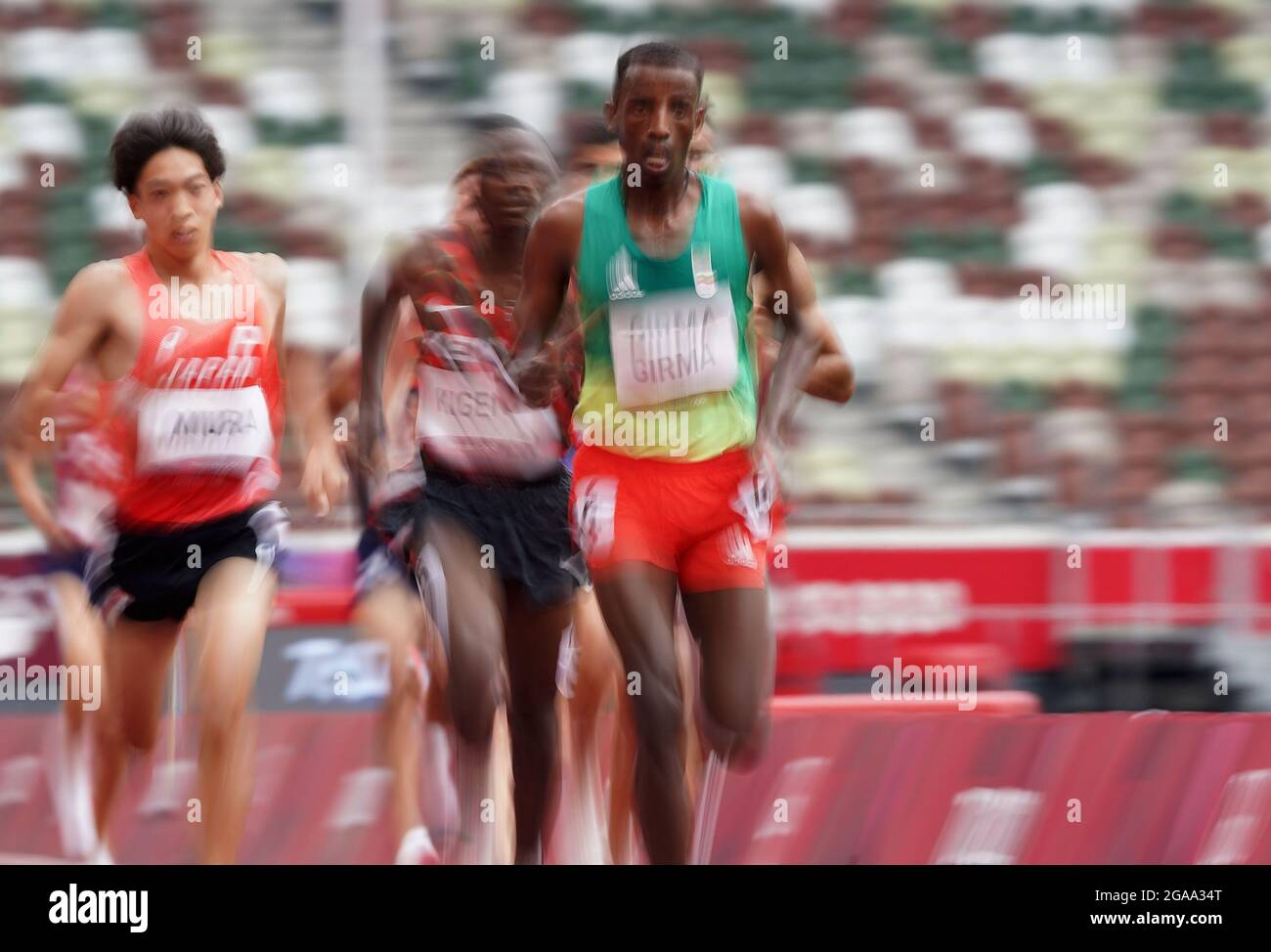Preventing Falls: Girma Steeplechase Fall

The Girma Steeplechase, known for its thrilling jumps and challenging terrain, necessitates stringent safety measures to mitigate the risk of falls. This section delves into the safety protocols, equipment, and strategies employed to ensure the well-being of both riders and horses during the race.
Safety Protocols and Equipment, Girma steeplechase fall
Girma steeplechase fall – The Girma Steeplechase implements a comprehensive set of safety protocols and utilizes specialized equipment to minimize fall risk. These measures are crucial in safeguarding the participants and ensuring the integrity of the race.
- Pre-Race Veterinary Inspections: All horses undergo rigorous veterinary inspections before the race to ensure they are fit and healthy. This includes examining their physical condition, gait, and overall health, ensuring they are capable of handling the demanding course.
- Safety Equipment for Riders: Riders are required to wear protective gear, including helmets, body protectors, and boots, designed to absorb impact and minimize injuries in case of a fall. The use of safety equipment is mandatory and strictly enforced.
- Course Design and Maintenance: The Girma Steeplechase course is meticulously designed and maintained to minimize the risk of falls. This includes ensuring the jumps are properly constructed and maintained, with adequate landing areas and safety barriers.
- Emergency Response Teams: A dedicated emergency response team is stationed at the racecourse, equipped with ambulances, veterinary professionals, and first aid personnel, ready to respond swiftly to any incidents involving riders or horses.
Strategies for Enhanced Safety
Riders and trainers employ various strategies to enhance safety during the Girma Steeplechase. These strategies emphasize careful planning, proper training, and risk mitigation.
- Experienced Riders and Horses: The Girma Steeplechase typically attracts experienced riders and horses accustomed to navigating challenging courses. This experience significantly reduces the risk of falls due to rider skill and the horse’s ability to handle the demanding terrain.
- Thorough Training and Preparation: Riders and trainers invest significant time in training and preparing for the race. This includes practicing jumps, familiarizing themselves with the course, and ensuring the horse is in peak physical condition.
- Risk Assessment and Management: Riders and trainers conduct thorough risk assessments before the race, identifying potential hazards and developing strategies to mitigate them. This includes assessing the horse’s temperament, the weather conditions, and the overall course layout.
- Communication and Teamwork: Effective communication and teamwork between riders, trainers, and race officials are crucial for ensuring safety. This includes sharing information about the course, potential hazards, and any concerns regarding the horse’s well-being.
Successful Safety Initiatives
The Girma Steeplechase has implemented several successful safety initiatives that have significantly reduced the incidence of falls and enhanced the overall safety of the race.
- Introduction of Safety Barriers: The introduction of safety barriers around the jumps has significantly reduced the risk of horses and riders falling into the surrounding areas. These barriers act as a buffer, preventing riders and horses from sustaining serious injuries in case of a fall.
- Implementation of Course Safety Audits: Regular safety audits are conducted on the course to identify any potential hazards and address them proactively. These audits ensure that the jumps are properly constructed and maintained, and that the course layout minimizes the risk of falls.
- Enhanced Emergency Response Protocols: The emergency response protocols have been significantly enhanced in recent years, including the addition of specialized equipment and the training of emergency response personnel. These improvements ensure a swift and efficient response to any incidents, minimizing the impact on riders and horses.
The unfortunate fall in the steeplechase race highlighted the risks inherent in the sport. It’s a reminder of the incredible athleticism and resilience required, exemplified by athletes like soufiane el bakkali , who consistently push their limits. Despite the setback, the event serves as a testament to the determination and skill of all participants, and Girma’s fall shouldn’t overshadow the incredible feats of those who crossed the finish line.
Girma’s fall in the steeplechase was a heart-stopping moment, reminding us of the inherent danger in this thrilling event. The steeplechase, with its water jumps and hurdles, has always been a test of athleticism and resilience, as seen in the history of steeplechase olympics.
While Girma’s fall was unfortunate, it serves as a stark reminder of the commitment and skill required to compete at the highest level in this demanding discipline.